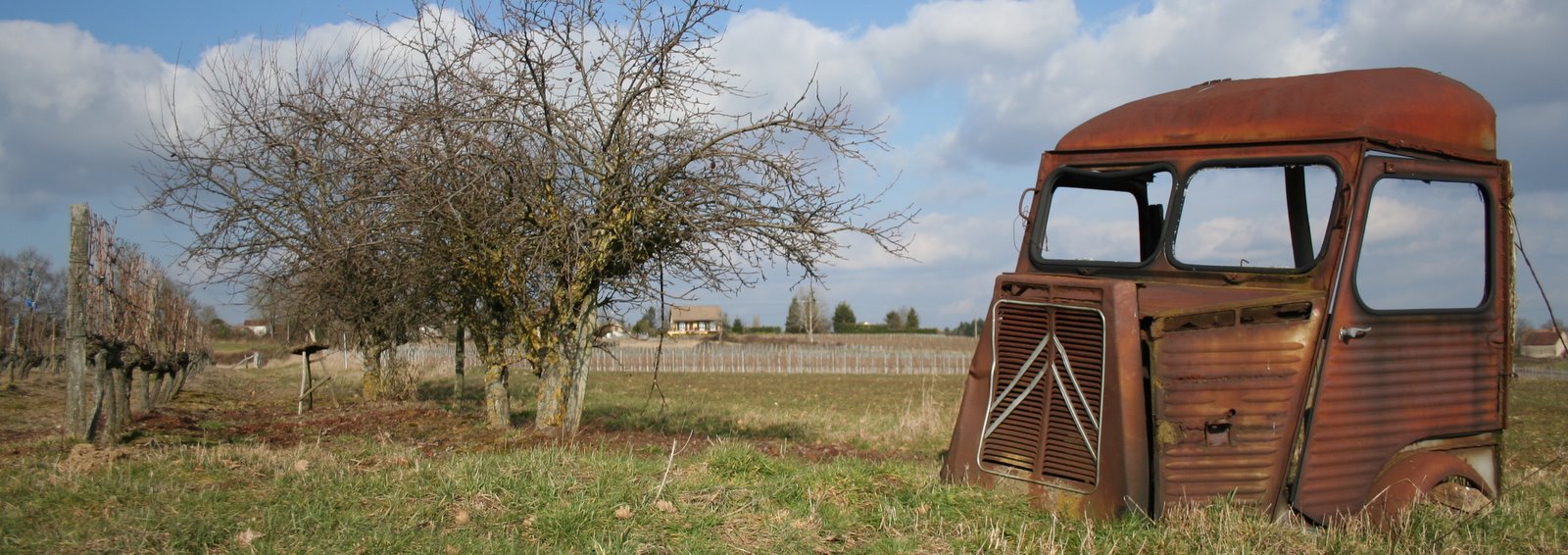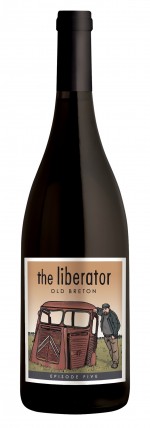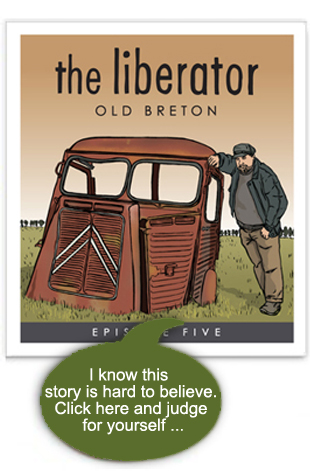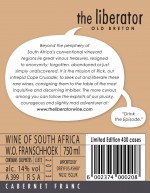Episode 5 – Old Breton
Technical Information:
| Producer: | Confidential |
| The Wine: | 100% Cabernet Franc |
| Vintage: | 2013 |
| Wine of Origin: | Franschhoek |
| Alcohol: | 14% |
| Bottles: | 2,580 bottles |
Old Breton, takes its inspiration from the historic association between the 180 French Huguenot settlers who, escaping religious persecution, left their homeland on New Years’ Eve in 1687 for a new life in the Cape. Many of these families, including the Bruere’s (today Bruwer) and the Foucher’s (Fouché) were Ligerians – natives of the Loire – whilst the family Auret, originated from Nantes, the then capital of Breton.
 It is well documented that on arrival in the Cape, the Huguenots were granted land in what was then known as Olifantshoek (Elephant’s Corner); modern day Franschhoek. What is less well known is that in 1701 the Dutch East India Company instituted a policy of exclusively using Dutch as the official language of the colony. In effect, dissuading the speaking of French which, after two generations, had all but died out.
It is well documented that on arrival in the Cape, the Huguenots were granted land in what was then known as Olifantshoek (Elephant’s Corner); modern day Franschhoek. What is less well known is that in 1701 the Dutch East India Company instituted a policy of exclusively using Dutch as the official language of the colony. In effect, dissuading the speaking of French which, after two generations, had all but died out.
Ironically, the French themselves had, from the time of the publication of the first Breton dictionary in 1464, sought to eradicate Old Breton, the regional language of the Nantais which was first attested in the 9th Century. For centuries it was viewed by the French monarchy as the language of the lower classes, and then subsequently by the post-revolutionaries who pejoratively referred to it as Patois, with the governments of the Third, Fourth and Fifth Republics introducing polices which favoured French over regional languages or dialects.
From around one million speakers in 1950, Breton is now down to 200,000 and is now classified as ‘severely endangered’ by UNESCO.
So what has any of this to do with wine? You may well ask.
Breton also happens to be the colloquial name (in several well-known appellations of the Loire) for Cabernet Franc, although the origin of the synonym proves to be as obscure as the history surrounding the arrival of the grape in region. The most commonly held view is that the grape was introduced by the Abbot Breton who, independent of any influence from his Cardinal, the infamous Richelieu, had acquired thousands of cuttings from the province of Guyenne (modern day Gascony), planting them in Bourgueil in 1631, thus creating a vineyard on land acquired by Richelieu as part of his duchy-peerage.
The date is somewhat significant, since it is less than half a century before the fleeing of the fated Ligerian and Breton Huguenots to the Cape.
But chronology and logic suggests that crediting the name of Breton to the Abbot is incorrect, since it referred to red wines from Touraine well before this, with even Rabelais citing it in his musings of the early 16th Century: ‘Ce vin breton qui poinct ne pousse en bretaigne mais en ce bon pays de Véron’ (‘this good breton wine does not grow in Brittany, but in this good country of Verron’). Beaumont-en-Véron is a village that today forms part of the Chinon appellation.
Even a text dating from the 11th century, La vie et les miracles de Saint-Mexmes, mentions a local Chinonais vigneron shipping his Breton wine on the river to Nantes, reasonably concluding that the term could have been used for any red wine from the region. Another theory is that since the wine was shipped from the ports of Breton (the closest and most logical route to northern Europe in the Middle-Ages) was that it simply adopted the name. Much the same way as Stilton cheese was never produced in the village of Stilton, but was the most convenient location from which to trade it. So, Breton was more likely produced for the Bretons (and their export customers) rather than solely from the Breton grape and, whilst the variety might have changed during this time, the name remained the same.
 So could Breton (the grape) have arrived in the Cape with the first Huguenot settlers, much in the same way that Chenin Blanc is said to have arrived with the ex-inhabitants of Touraine…? Not even Rick has the answer to that one.
So could Breton (the grape) have arrived in the Cape with the first Huguenot settlers, much in the same way that Chenin Blanc is said to have arrived with the ex-inhabitants of Touraine…? Not even Rick has the answer to that one.





